GERBERA PLANT
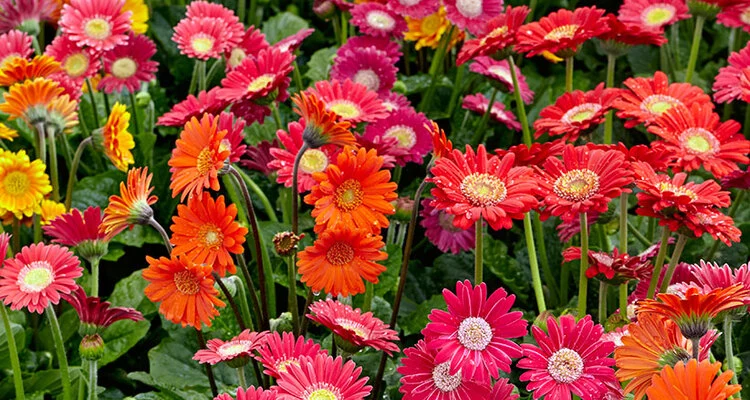
To know a Gerbera plant you have to know What is Gerbera? Where to grow Gerbera? What are the Benefits of Gerbera? Their Pros and Cons.
Gerbera has a very particular name and fame as it is extensively used for decorative garden purposes. A Gerbera plant likes the sun and also its good and luminous (sunny) light but if provided too much sunlight or direct summer sun to gerbera then they may fade their color and even scorch (burn) out. The mature size of Gerbera is 10 to 18 in tall and 9 to 12 in wide.
Give them well-atmospheric conditions, warm but not hot. They require 10-20°C to inspire flowering. Gerbera is usually used as a cut flower and for garden decoration. The beauties of Gerbera lie in their daisies, they are so fresh, energetic, and invigorated. Their daisies look so beautiful and charming when they flourish. These daisies will make your day cheerful and you will have a unique smile on your face by looking at these daisies.
What are the Parts of a Gerbera plant?
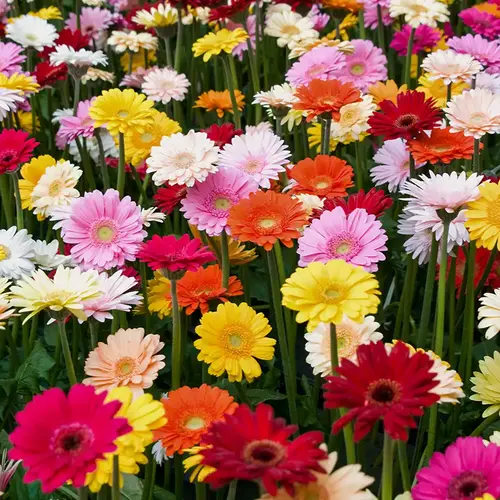
Gerbera is also known as the Transvaal daisy or Barberton daisy. They come from the ‘Asteraceae family and are from the Plantae Kingdom. The further or higher classification of Gerbera is ‘Mutisieae’ and the order is ‘Asterales’. The 1st scientific description of Gerbera was by J.D. Hooker in Curtis’s Botanical Magazine in 1989 when he described Gerbera jamesonii which is native to South Africa and also called Gerbera daisy.
You know Gerberas need plenty of sunlight that is sheltered from sturdy winds and hoarfrost. Also, they need excellent drainage in the soil, mostly in colder environments. If the soil is drained poorly then grow the plants in an elevated garden bedstead or vessels (pots). Sturdy Gerberas can be grown all year in borders, elevated beds, and containers. You know Gerberas can handle temperatures up to -6°C so long as their roots don’t get drenched or waterlogged.
Gerberas can be planted both indoors as well as outdoors. They are of various colors mainly white, pink, yellow, orange, blue, purple, and peach to deep shades.
What are the Benefits of a Gerbera?
Gerbera provides health benefits by discharging oxygen (O2) and absorbing carbon dioxide (CO2) and other airborne toxins at night. They are pocket-friendly flowers and this makes them even more attractive.
Gerbera is one of the most real and effective flowers that improve air quality in the home. Their daisies confiscate or eliminate benzene (C6H6) from the air that can be emitted from your natural gas stove in your home.
Gerbera daisy works as an air purifier that packs a purifying punch, these flowers remove airborne formaldehyde, trichloroethylene, and also benzene from the atmosphere.
Gerbera daisies are not poisonous to humans but if ingested then they can cause allergic reactions. The smell may hamper your children if your child ingests the gerbera daisy flower. Gerberas are very good-looking and eye-catching flowers, so mostly used in weddings, and for garden purposes but are harmful too so be cautious of Gerberas’ pros and cons.
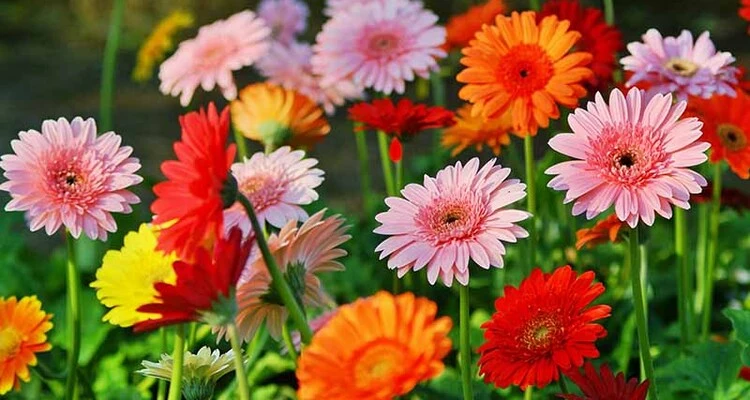



 Indoor Plant Fertilizers
Indoor Plant Fertilizers  Potted Plant Fertilizers
Potted Plant Fertilizers 


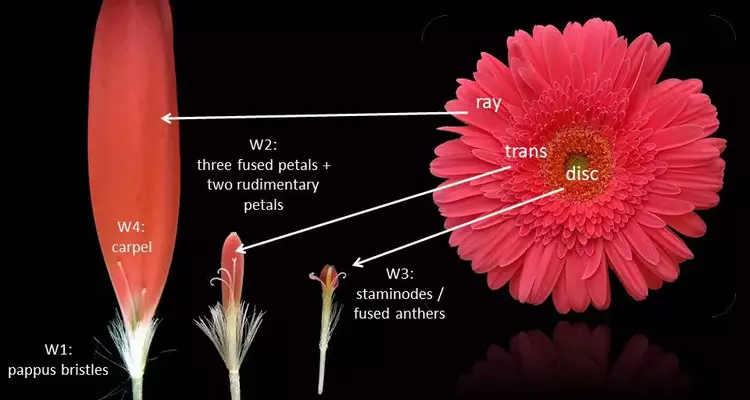
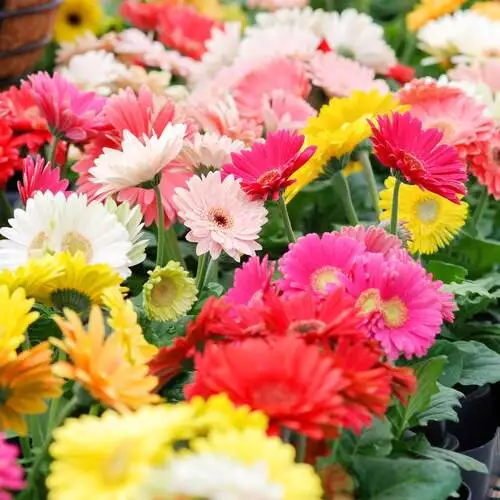
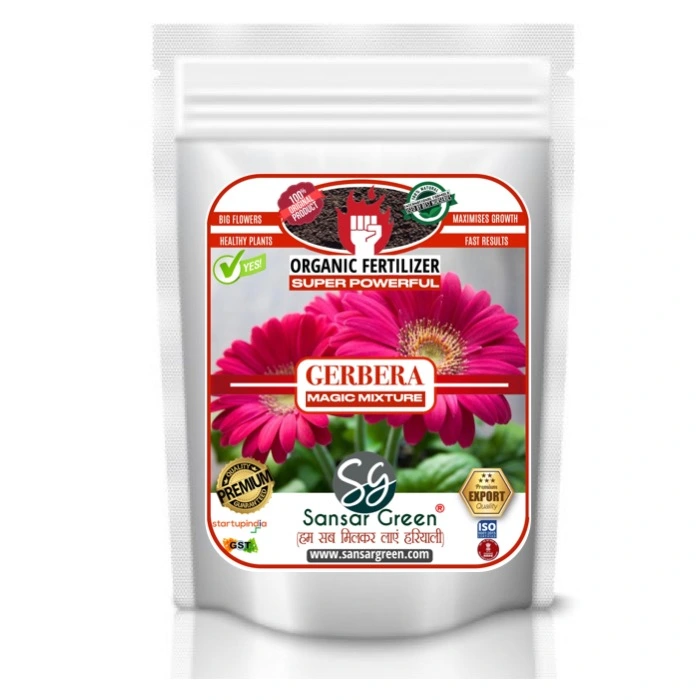
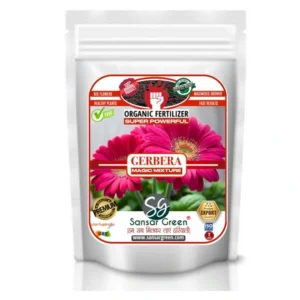
 Hibiscus Fertilizer
Hibiscus Fertilizer Bougainvillea Fertilizer
Bougainvillea Fertilizer Orchid Fertilizer
Orchid Fertilizer Carnation Fertilizer
Carnation Fertilizer Azalea Fertilizer
Azalea Fertilizer Plumeria Fertilizer
Plumeria Fertilizer Growth Fertilizer +
Growth Fertilizer + Succulent Fertilizer
Succulent Fertilizer Indoor Plant Fertilizer
Indoor Plant Fertilizer Money Plant Fertilizer
Money Plant Fertilizer Lawn Grass Fertilizer
Lawn Grass Fertilizer Lucky Bamboo Fertilizer
Lucky Bamboo Fertilizer Areca Palm Fertilizer
Areca Palm Fertilizer Tulsi Fertilizer
Tulsi Fertilizer Tea Plant Fertilizer
Tea Plant Fertilizer Fruit Fertilizer +
Fruit Fertilizer + Lemon Fertilizer
Lemon Fertilizer Mango Fertilisers
Mango Fertilisers Grape Fertilizer
Grape Fertilizer Guava Fertilizer
Guava Fertilizer Papaya Fertilizer
Papaya Fertilizer Coconut Fertilizer
Coconut Fertilizer Litchi Fertilizer
Litchi Fertilizer Orange Fertilizer
Orange Fertilizer Strawberry Fertilizer
Strawberry Fertilizer Iron Dust Fertilisers
Iron Dust Fertilisers Micro-Nutrients
Micro-Nutrients Seaweeds Fertilizer
Seaweeds Fertilizer Carbon Dust Fertilizer
Carbon Dust Fertilizer Slow Release Fertilizer
Slow Release Fertilizer Vegetable Fertilizer +
Vegetable Fertilizer + Capsicum Fertilizer
Capsicum Fertilizer Tomato Fertilizer
Tomato Fertilizer Chilli Fertilizer
Chilli Fertilizer Coriander Fertilizer
Coriander Fertilizer Leafy Veg Fertilizer
Leafy Veg Fertilizer Flower Fertilizer
Flower Fertilizer Liquid Lemon Fertilizer
Liquid Lemon Fertilizer Liquid Drops +
Liquid Drops + Hydroponic Fertilizer
Hydroponic Fertilizer Office Plants
Office Plants Table Top Plants
Table Top Plants Indoor Plants
Indoor Plants Bathroom Plants
Bathroom Plants Bed Room Plants
Bed Room Plants Study Room Plants
Study Room Plants Cactus Plants
Cactus Plants Good Luck Plants
Good Luck Plants Succulent Cactus Plants
Succulent Cactus Plants Kitchen Plants
Kitchen Plants Flower Plants
Flower Plants Herbal Plants
Herbal Plants Mealybug Remover
Mealybug Remover insecticide
insecticide Fungicide
Fungicide Pesticide
Pesticide Herbicide
Herbicide Weedicide
Weedicide Power Tools
Power Tools Planter
Planter Pebbles
Pebbles
 Sansar Green
Sansar Green



